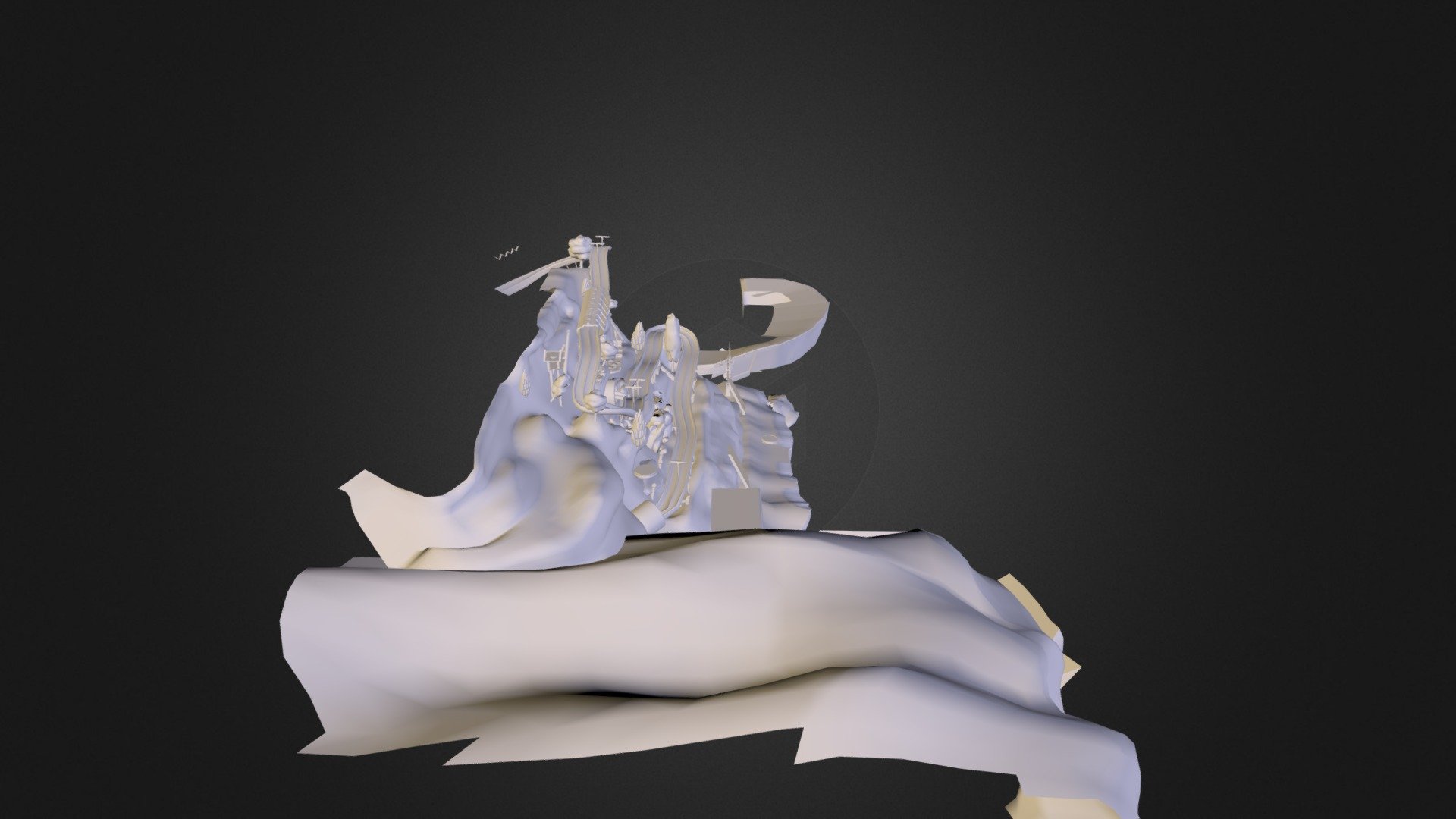
RyanCoastP.obj
sketchfab
The human mind is a complex and multifaceted entity that continues to puzzle scientists and philosophers alike. Despite significant advances in our understanding of human behavior and cognition, there remains much to be discovered about this most fundamental of topics. In recent years, research has shed new light on the intricacies of human thought processes, revealing a rich tapestry of emotions, motivations, and decision-making patterns that underpin our everyday experiences. From the subtle nuances of nonverbal communication to the complex interplay between brain chemistry and behavior, scientists are slowly beginning to unravel the mysteries of the human condition. One area where significant progress has been made is in the study of human emotions. By using advanced imaging techniques such as functional magnetic resonance imaging (fMRI), researchers have been able to map the neural correlates of emotional experience, revealing a complex network of brain regions that work together to generate our feelings and emotions. For example, studies have shown that the amygdala, a small almond-shaped structure in the temporal lobe, plays a key role in processing fear and anxiety. When we encounter a threat or perceived danger, the amygdala springs into action, triggering a cascade of physiological responses that prepare us to either fight or flee. Similarly, research has identified specific brain regions involved in empathy, compassion, and social connection. The anterior cingulate cortex (ACC), for instance, is thought to play a key role in detecting errors and monitoring our own emotions, while the insula is involved in interoception, or the perception of bodily sensations such as pain and pleasure. These findings have significant implications for our understanding of human behavior and cognition. By gaining a deeper insight into the neural mechanisms underlying our thoughts, feelings, and actions, we can begin to develop more effective strategies for improving mental health, enhancing well-being, and promoting social harmony. In addition, advances in neuroscience are shedding new light on the complex interplay between brain chemistry and behavior. The discovery of neurotransmitters such as dopamine, serotonin, and endorphins has revealed a sophisticated system of chemical messengers that help to regulate our mood, motivation, and emotional state. For instance, research has shown that dopamine release in the nucleus accumbens is associated with pleasure, reward, and motivation, while decreased levels of serotonin have been linked to depression and anxiety. Similarly, endorphins, also known as "feel-good" hormones, play a key role in reducing stress and promoting feelings of relaxation. As we continue to explore the intricacies of human thought processes, it becomes increasingly clear that our minds are capable of incredible feats of creativity, imagination, and innovation. By harnessing this potential and working together to address some of humanity's most pressing challenges, we can create a brighter future for all.
With this file you will be able to print RyanCoastP.obj with your 3D printer. Click on the button and save the file on your computer to work, edit or customize your design. You can also find more 3D designs for printers on RyanCoastP.obj.
